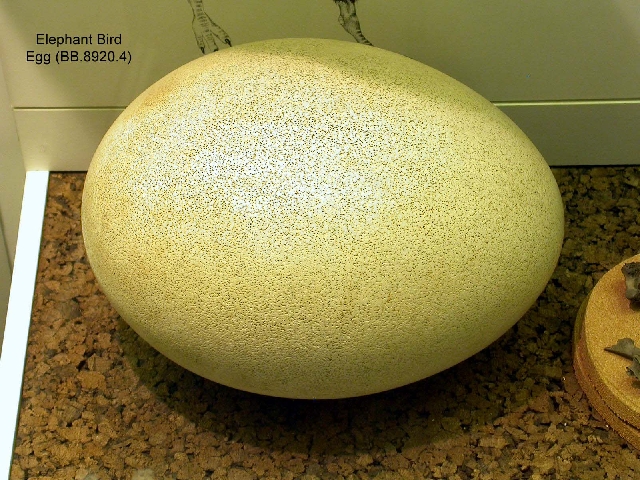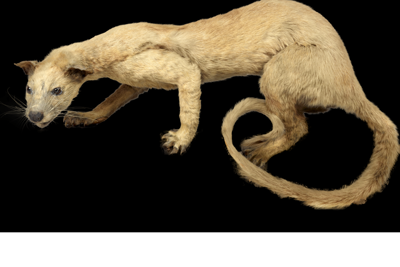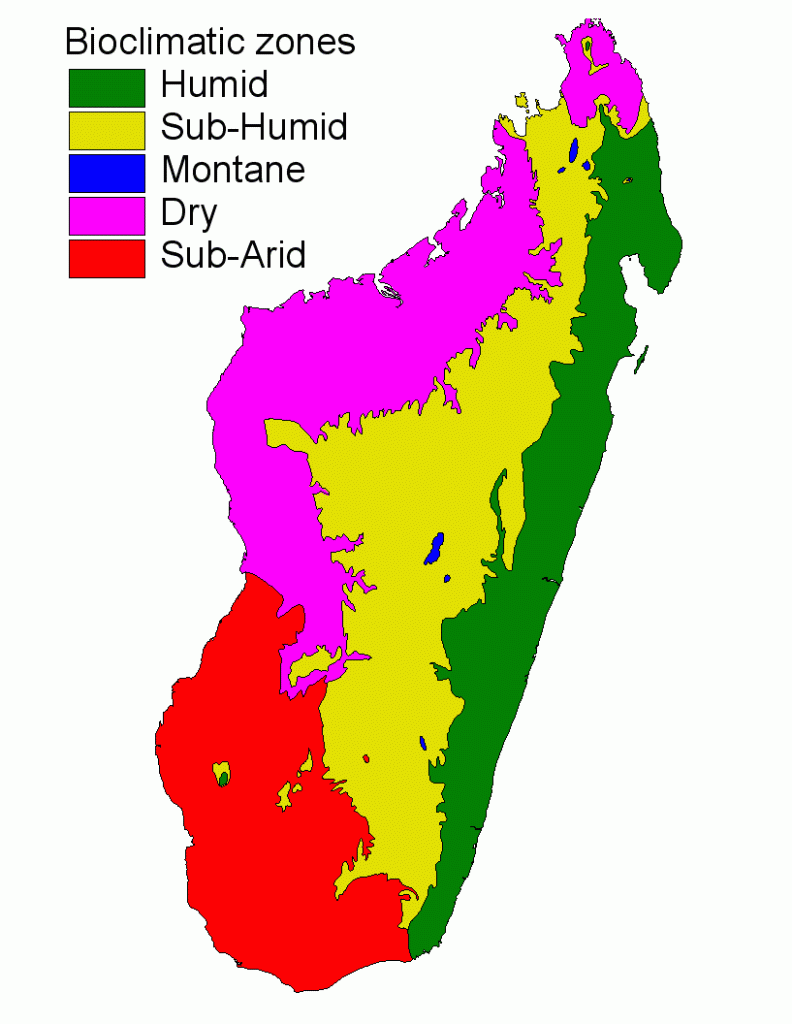Madagascar is an island nation off the east coast of Africa, roughly 250 miles from the mainland at the nearest point. If you were to think of African wildlife, you’d probably think of animals such as lions, elephants, giraffes and many more of some of the worlds largest terrestrial mammals. Madagascar however, has native species very different to the rest of the continent.
Geologists estimate that Madagascar separated from Gondwana (which included parts of what is now Africa, Asia, South America, Antarctica and Australia) roughly 150 millions years ago and that the flora and fauna has evolved in isolation ever since then. This has caused unique species to evolve on the island. Today, it is thought that 90% of extant species on Madagascar is endemic, meaning they are not native to anywhere else in the world. It is thought that these species are descendants of individuals that migrated here either by rafting, swimming or flying from the coastal areas of land that borders the Indian Ocean. There are many theories on how species came to the island, some include birds flying from areas of Southeast Asia, descendants of lemurs rafting from mainland Africa and hippos island hopping. It may have also been possible that some terrestrial animals travelled during an ice age, when ocean levels would’ve been significantly lower and so the oversea distance would’ve been shorter.
One of the most dominant groups on Madagascar, prior to its extinction from anthropogenic causes, was the Elephant bird family (Aepyornithidae); so named due to the ancient myth that it preyed on African elephants. They are thought to be the largest birds to ever exist, particularly the Vorombe genus, which stood at 3 metres tall and could weigh over 700kg. Despite its morphological resemblance to an Ostrich, the closest relatives to Elephant birds are Kiwis, Emus and Cassowaries, all of which are native to parts of Oceania. This suggests that common ancestors of these animals possessed the ability to fly, as they must have flew the distance to Madagascar, and became flightless later in evolution. The Elephant bird is thought to have only gone extinct roughly 1000 years ago, probably due to the consumption of their eggs by humans. Due to it being relatively recent, their remains are often found as subfossils or haven’t fossilised at all, making them easier to study and can be analysed using PCR techniques to assess their taxonomy. The elephant bird is also a prime example of Foster’s rule, stating that members of a species get significantly larger or smaller based on changes to their environment or colonisation of a new one. In this instance, the elephant bird experienced a significant increase in size due to the lack of predators and other birds on the island, meaning it could feed on a diet of fruit and plants without competition, which may have otherwise stunted their growth.

The dominant predator on the island today is the Fossa (Cryptoprocta ferox). Due to its feline-like features it may be popular belief that they are closely related to other African big cats (Felidae) such as Lions and Cheetahs. Despite this, it is actually most closely related to the Mongoose, as it is thought they migrated to Madagascar roughly 20 million years ago. Interestingly, the Fossa shows convergent evolutionary features with (Felidae) from mainland Africa. This includes features such as retractable claws, a compact braincase and large eye sockets.

Lemurs were the first group of mammals known to arrive on the island, with many species still alive today. Within the whole superfamily (Lemuroidea) there is 8 families, 15 genera and over 100 species. A recent theory suggests that ancestral lemurs arrived in Madagascar by rafting roughly 64 million years ago. They may have also crossed a land bridge or arrived by island hopping. Although they do belong to the Primates order, they evolved independently from monkeys and apes and actually have features more resemblant to basal primates such as a wet nose, low metabolic rate and a lack of visual signals in communication. Prior to the arrival of humans on the island, lemurs were present in most areas of the island and some species were even as large as modern gorillas. Today, as is the case of all large Malagasay fauna, these animals have become extinct. The fact that there are so many species of lemur, extinct and extant, along with the fact they have always been endemic to Madagascar illustrates the varying geographical landscape of the island that have allowed varying biological niches to be filled.

The island itself can be split into 5 different geographical regions, these are the East Coast, West Coast, Southwest, Tsaratanana Massif in the north and the Central Highlands. The east side of the island experiences hot and humid winds travelling in from the Indian ocean that are blocked by the mountainous regions at the centre of the island. This has caused the east side of the island to have a hot and wet climate with high levels of humidity and tropical forests, whilst the west side is dry and has deciduous forests. The south of the island is very dry and can even be considered a desert, with spiny forests on the very southern tip, an environment which has not been found to exist anywhere else in the world. The fact that there are so many habitats and climates on a relatively small land area has had a major impact on the biodiversity of Madagascar.

Roughly 2000 years ago, humans first arrived on the island, making it one of the most recent land areas to be colonised by humans. Since then all large endemic species have gone extinct and roughly 97% of the forested area has been removed. Madagascar has been a global priority for conservation for decades in order to prevent this happening further. 90% of its species are endemic and in many cases has no extant close relatives outside of the island. This is one of the main reasons why conservation of native Malagasy species is so important.
You can find out more about wildlife and conservation in Madagascar by visiting Manchester Museum collection online or by visiting the Museum’s natural sciences collection after re-opening.
References
– Animals. n.d. Fossa | National Geographic. [online] Available at: <https://www.nationalgeographic.com/animals/mammals/facts/fossa>
– Briggs, H., 2018. New perspective on how lemurs got to Madagascar. [online] BBC News. Available at: <https://www.bbc.co.uk/news/science-environment-45250302> [Accessed 23 February 2021].
– Chepkemoi, J., n.d. Which Are The Island Countries Of The World?. [online] WorldAtlas. Available at: <https://web.archive.org/web/20171207094959/http://www.worldatlas.com/articles/which-are-the-island-countries-of-the-world.html>.
– Pbs.org. n.d. Madagascar — A World Apart: Eden Evolution. [online] Available at: <https://www.pbs.org/edens/madagascar/eden.html.
– Torres, C. and Clarke, J., 2018. Nocturnal giants: evolution of the sensory ecology in elephant birds and other palaeognaths inferred from digital brain reconstructions. Proceedings of the Royal Society B: Biological Sciences, 285(1890), p.20181540.
Filed under: Uncategorized |




Leave a comment